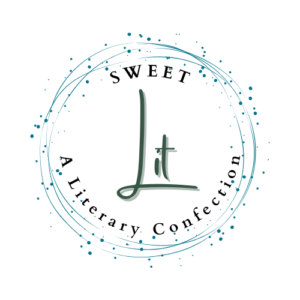Volumes
Since a journey tends to breach—to hone—silence via distance, it’s difficult not to animate the sky, not to claim harmony or discord. The automatic doors swallowed you. I shuffled between weather and traffic all the way home.
***
Bakhtin makes a useful or pleasing distinction between silence (an absence, a diminishment, of sound generated by humans) and quiet (by non-humans). But noises vanish by growing constant; they collide and tangle.
(Given echo chambers.) Between statement and lyric, screen and wire. Between memory and reaction, scattered. The rabbit’s body pressed to the road by tires, hours later.
***
Machines are somewhere between humans and animals.
***
For example, I was waiting to tell you, but the snow on my windshield discouraged, the wipers hypnotized. Halfway to the airport, you noticed this quiet around my silence and filled it by describing a city. A new species of absence emerged, which I allowed.
***
This is not to deny a politicized subtext, its implications. You want suppressed facts. We could argue or try to clarify our current atmospheric factions: shouted, transcribed, rebroadcast, satirized, and etc. Cacophony amplified; cacophony digitized. Meanwhile I evade and drift, seeking less.
***
I mistrust categories, but wonder if silence is rhetorical and quiet embodied. Even degrees are problematic. We can’t measure the depth and duration of a silence until it ends.
***
To discuss magnitude, we picnicked near the shore. Then, wading out, we observed the depth increasing, our core temperature gradually decreasing. This gave us a more accurate sense of sound/absence, than driving toward a static horizon.
***
Animals are quiet, or capable of it. What they do, they radiate. Cows seen from a distance, for instance, and then up close, busy chewing and lowing and ignoring our car. Or the fox’s yip, inaudible unless I listen for it.
***
Certain humans are called quiet—with soothing or wary presences. Human quiet is demarcated not by decibel or frequency, but by posture and gaze. In our not imposing, our not announcing, there’s a care that gets mistaken for gentleness, accused of stealth.
***
We take silence to indicate virtue or danger. Film scores reinforce this; it’s impossible to put quiet in a movie and, for dramatic purposes, music makes a convincing approximate.
A train whistle and the gradual return of birdsong for contrast.
***
Between events, we wait for a phone to chime. One interrupts, refrains, is disrupted. The pause anchors. And you generate hostile or companionable silence, which I match or fail. Other descriptive labels are possible, but we can only make mutual, relational silence.
***
Alone, we are silent the way one is hungry or awake. If this becomes oppressive, I address the dog. If a joy is unbearable, you assume a listener. One might speak here of the divine, but she would do better to describe wind moving through branches and then not.
Something happens in the dissonance between seeing evidence of weather through glass and not being touched by it—a muting.
***
Sound carries or echoes more readily in an empty house where there are no people competing with the air-conditioner, the settling of floorboards, the proverbial ticking clock, the actual. Plumbing, refrigeration. A house has to be abandoned for years before true quiet sets in, grows wild. But what’s temporary can still be awful. To observe properly, I distribute footsteps, set my mug down with a small tap.
Outside, the crickets draw a net of unquiet that delimits.
***
What’s listened to resounds, though hearing is not purely voluntary, nor purely automatic. Binaries have trouble passing through the little maze of bones in the canal. There’s a drum that registers waves but fails to swallow mountains.
***
In a quiet room, you can look carefully at a table and then close your eyes and feel the walls’ nearness as faint pressure on the cheekbones, not imagined, but translated.
Before dawn, between one birdcall and another.





